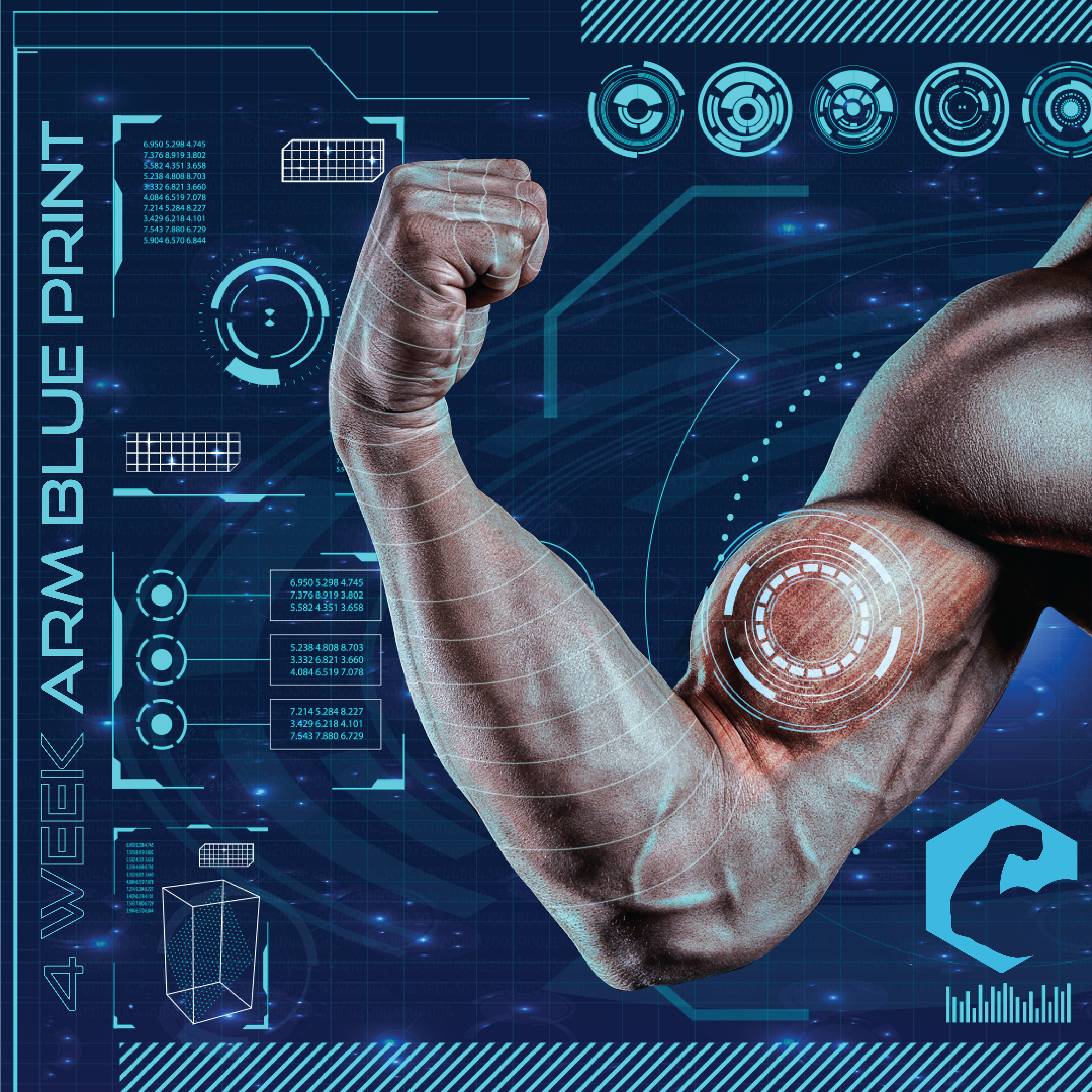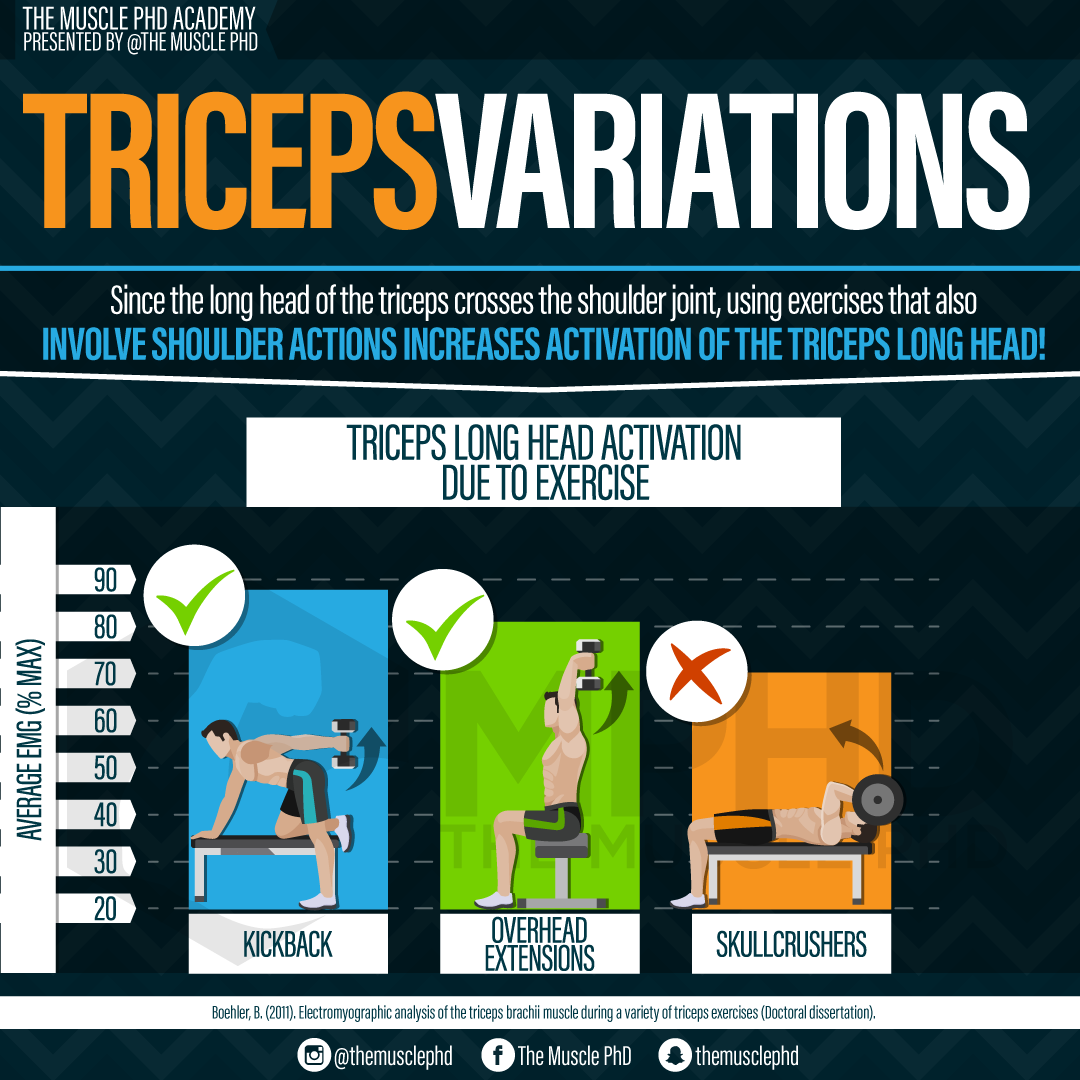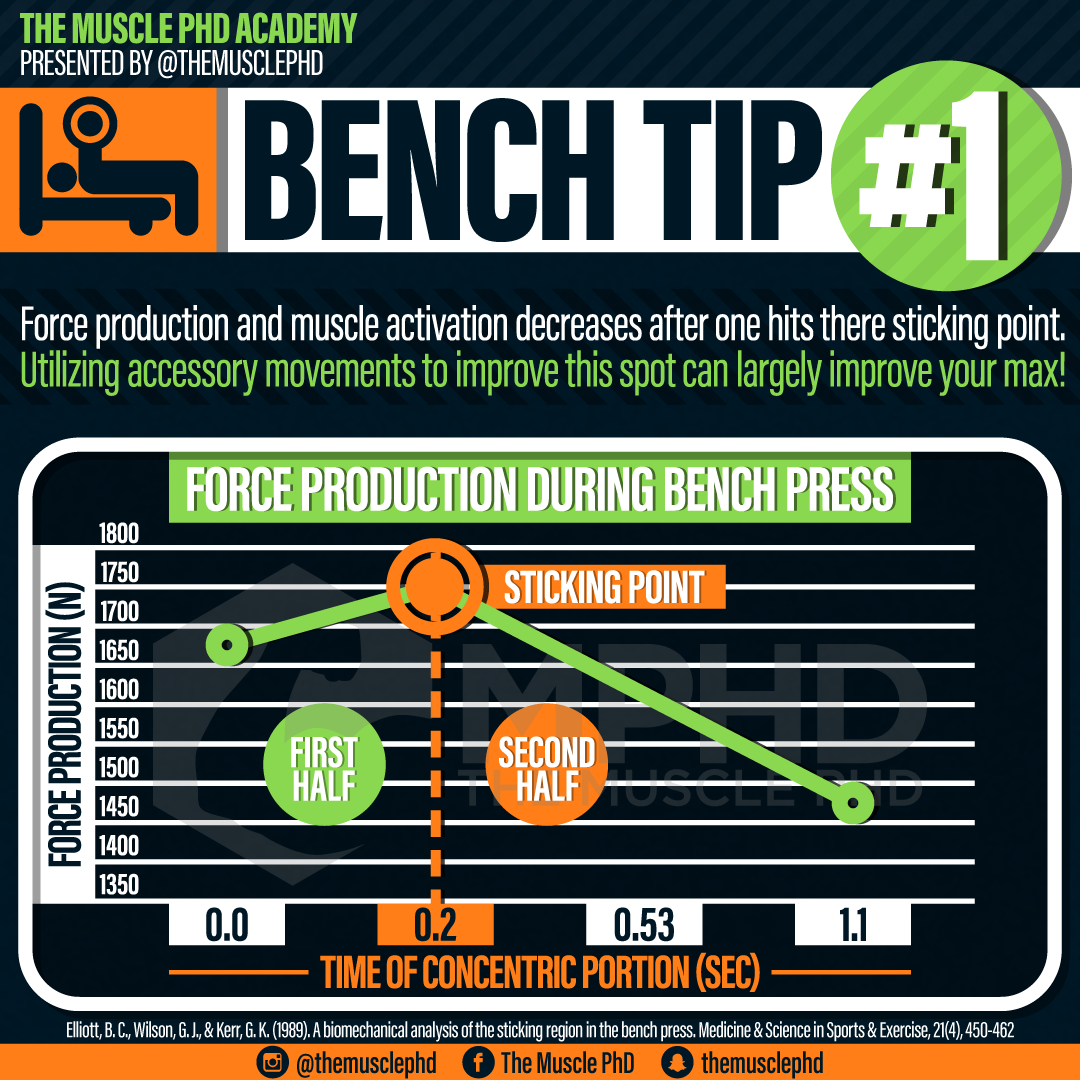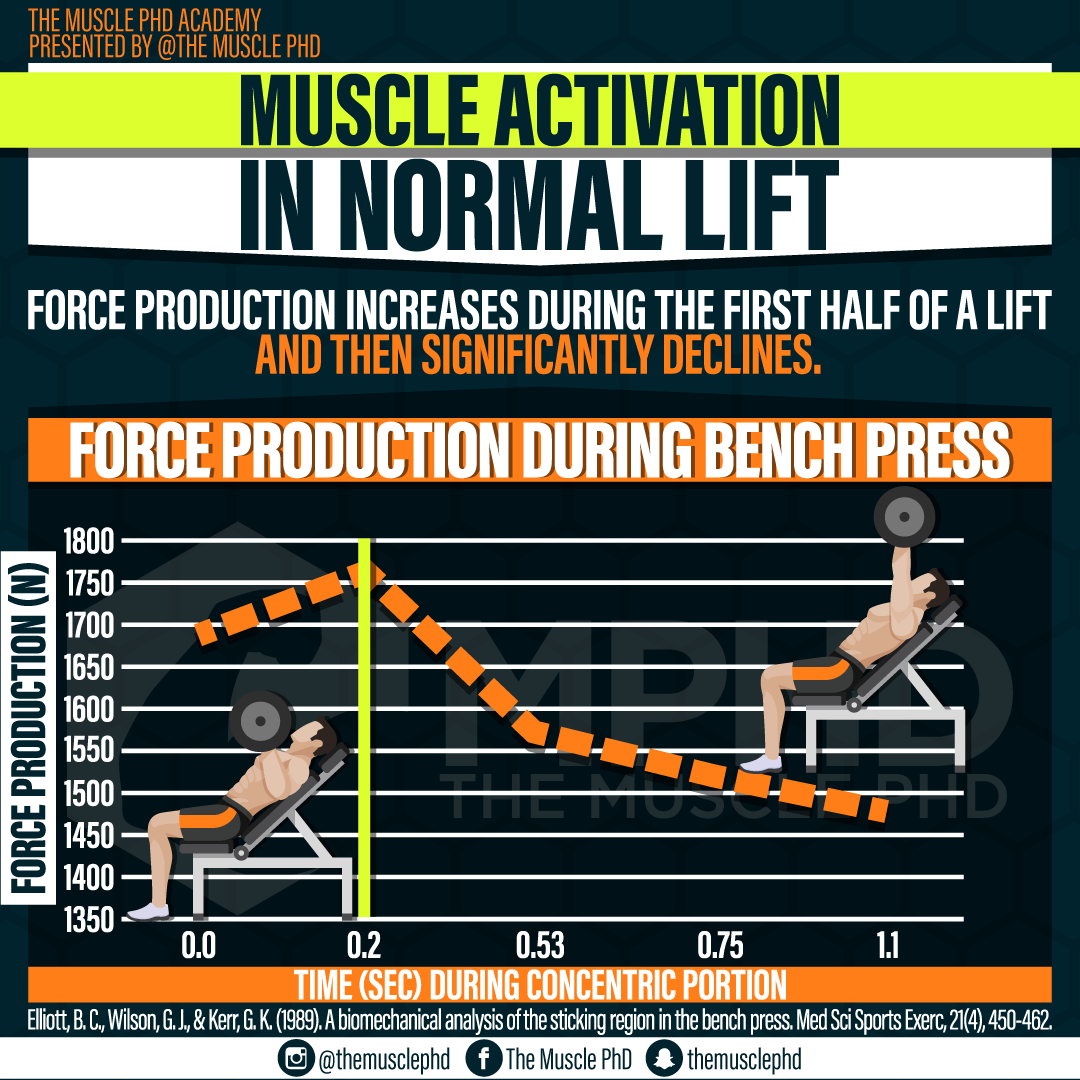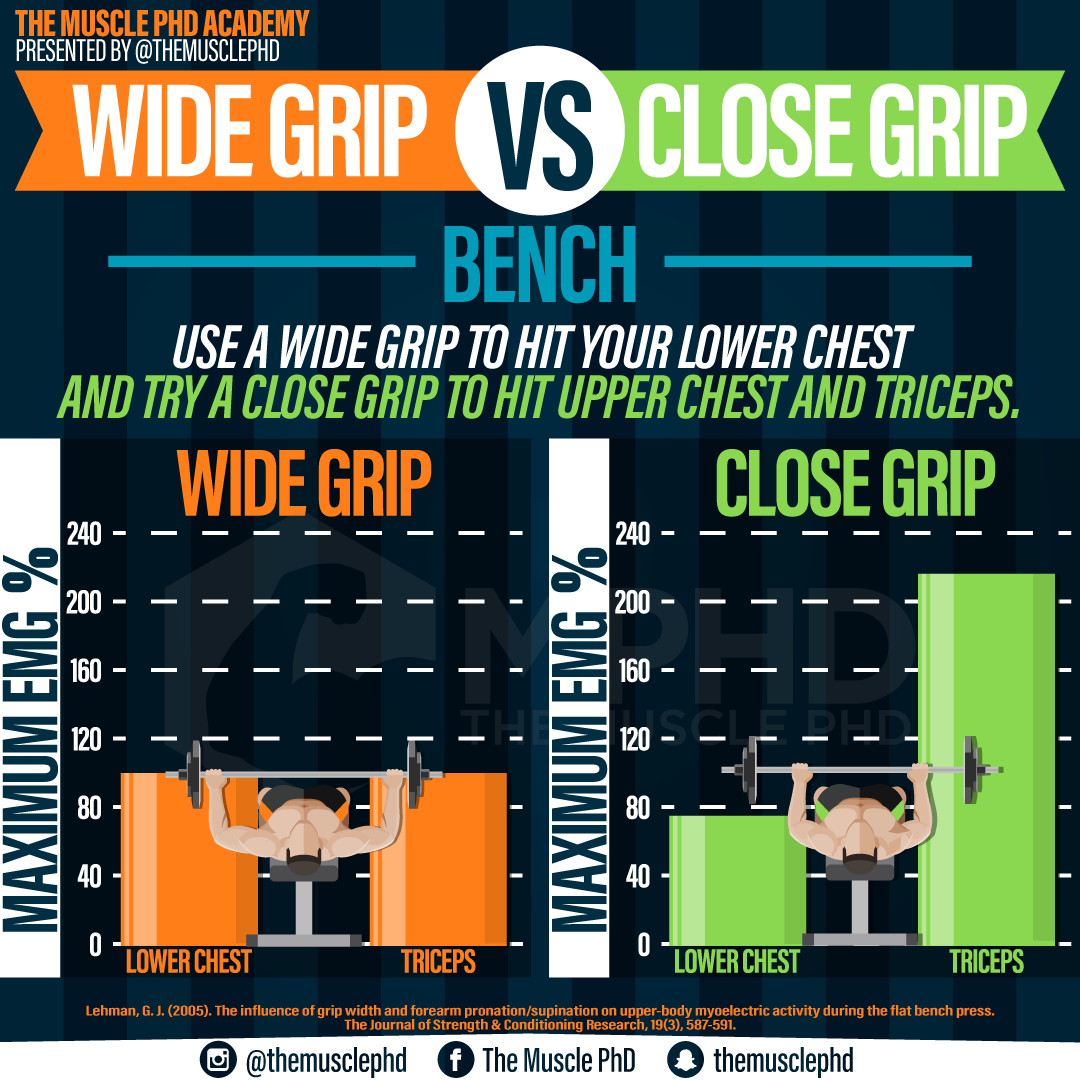Summary
When we hit the gym to train arms we usually just hit the biceps and triceps and head home. However, the biceps are actually one of three muscles that flex the elbow and make up less than half of our total elbow flexor muscle volume (Beardsley, 2019). With this in mind, it’s worth discussing how we can train one of the other main elbow flexors: the brachioradialis.
The brachioradialis is the large muscle on the outside of your forearm – if you perform a hammer curl, the brachioradialis bulges right next to your elbow. One unique trait of the brachioradialis is that it can both supinate and pronate the forearm depending on the initial starting position. However, it contributes to elbow flexion the most when the forearm is pronated (Boland, Spigelman, & Uhl, 2008).
What does all of that mean? Simply put, the brachioradialis is best trained using hammer curls and reverse curl variations. In addition, using equipment such as bands or cables may be more effective for developing the brachioradialis as this muscle contributes to elbow flexion more with increasing flexion angles (Boland et al. 2008).
Not only are hammer curls and reverse curls great for activating the brachioradialis, but these variations are also effective for reducing biceps activation, which helps isolate the brachioradialis more. The biceps are an elbow flexor and supinator; when our forearm is pronated, activating our biceps would also result in supination, which is undesirable in these situations. With this in mind, the brachioradialis can actually act as an active inhibitor to biceps activation; when the brachioradialis is highly activated, it sends signals to the brain that reduce biceps activation accordingly (Boland et al. 2008).
Bodybuilders have long utilized hammer curls, reverse curls, and cable variations to hit the brachioradialis, but many are unaware of the science behind their methods. Now you know!
Based on
Further Reading




